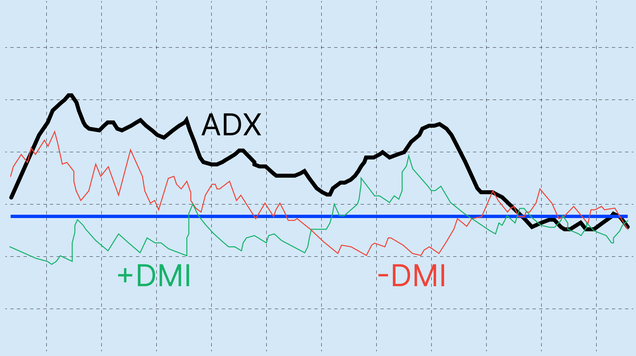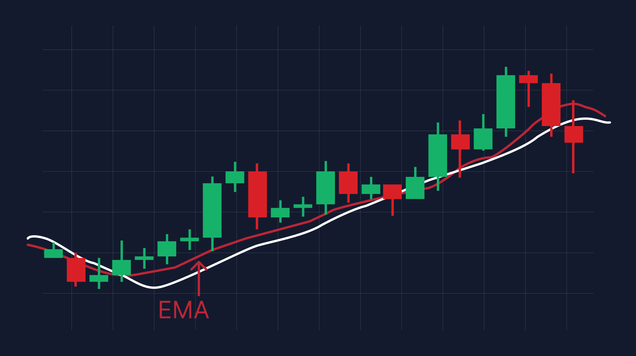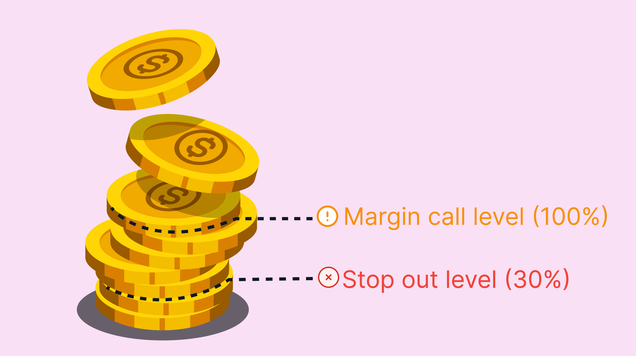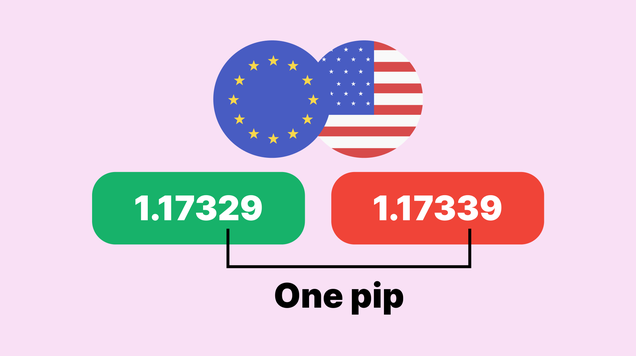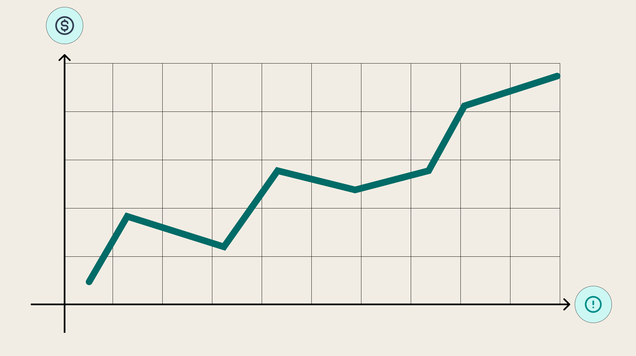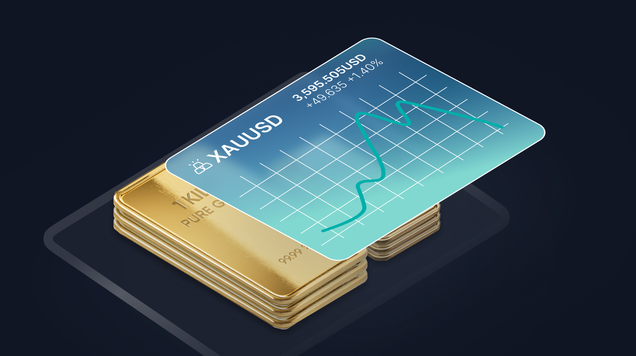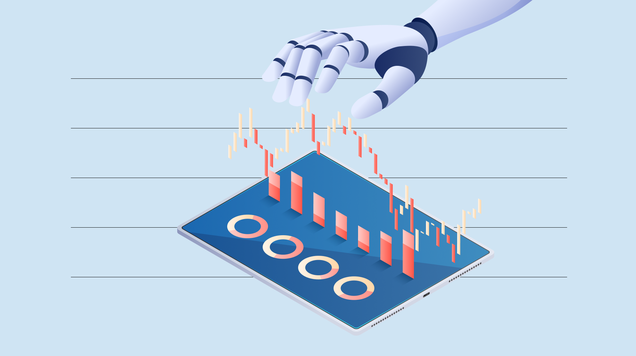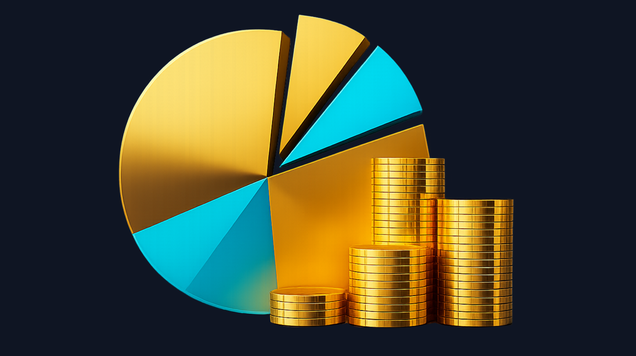What is leverage in CFD trading
Leverage lets to control a larger notional position by posting only a fraction of its value named “margin”. In CFDs this can amplify returns, but it also magnifies losses and costs. Knowing how margin, financing, and risk controls work is essential before using leverage.
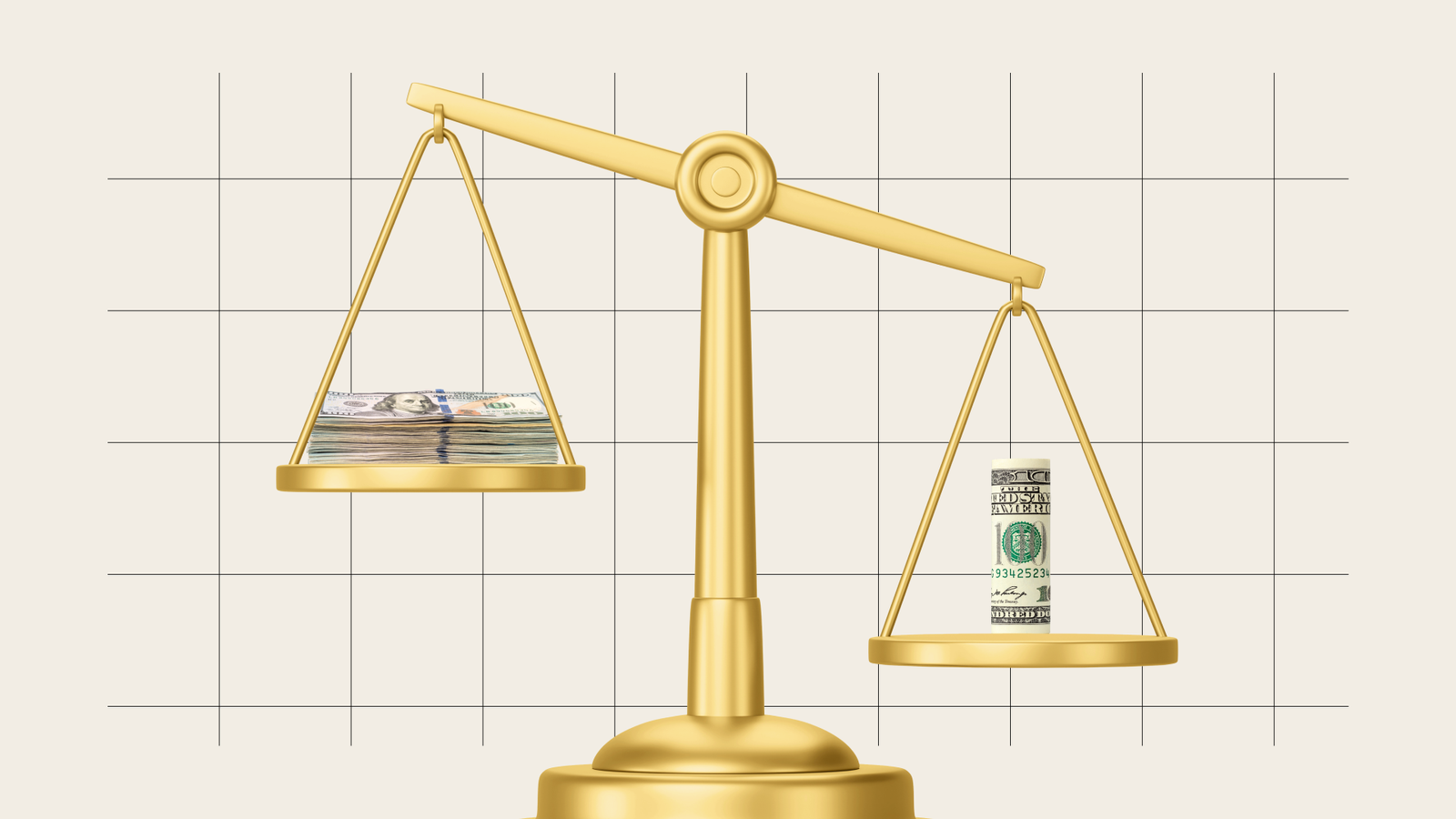
Leverage = notional exposure ÷ margin; brokers set margin by asset.
Costs matter: spread/commissions, overnight financing (swaps), dividends/rolls.
Risks scale: gains and losses are multiplied as leverage increases.
Manage risk deliberately: position sizing, stop-loss/TP, and defined risk-per-trade.
Leverage and margin: the basics
Leverage is the ratio between a position’s notional value (the market exposure) and the margin that the broker requires to open and maintain that position. In practice, brokers quote margin as a percentage by asset, and trading platforms convert that to an effective leverage.
Example: Opening of a CFD with a notional of $50,000 and a required margin of 2% ($1,000). The effective leverage is 50:1 because $50,000 / $1,000 = 50.
CFD leverage enables several aims at once: operating markets with less capital (via margin), potentially multiplying gains and losses, and accessing uncorrelated assets to diversify exposures.
The cost of leverage
All CFDs carry explicit and implicit costs. In leveraged FX, keeping a position open overnight accrues financing (“swap”) based on the interest-rate differential between the two currencies. Financing is applied daily. Because spot FX settles T+2, weekend days are captured midweek—so the Wednesday rollover typically posts triple swap to account for Saturday and Sunday.
In index and single-stock CFDs, brokers may post dividend adjustments on the ex-dividend date to mirror the underlying cash flow (typically a debit on long positions and a credit on shorts), helping align P&L with the cash market despite leverage. Overnight financing still accrues daily; for these contracts the weekend accrual is usually applied on Friday, so financing is commonly tripled then.
Specific risks of leverage
Leverage’s chief appeal—and its principal risk—is that it multiplies every price move. For a long position at 20:1 leverage, a −1% move in the underlying translates to roughly −20% on the margin at risk; a +1% move delivers about +20%—before costs. The higher the leverage, the greater the P&L sensitivity to small market moves.
Because of this amplification, regulators require prominent risk warnings. Broker disclosures typically show that 70%–89% of retail CFD accounts lose money, underscoring why these products face strict oversight.
Risk management in CFD trading
Effective leverage control is the core of risk management. Define risk per trade (e.g., 0.5%–2.0% of total capital), size the position accordingly, and place stop-loss and take-profit levels that align with the analysis and risk–reward criteria. Is relevant always to evaluate exposure relative to account capital (balance), not just available margin.
Practical examples
- Example A — FX (EUR/USD with 100:1 leverage)
- Trade: Buy 1 lot EUR/USD (100,000 EUR) at 1.1000.
- Notional: 100,000 × 1.1000 = $110,000.
- Margin (≈1%): $110,000 / 100 = $1,100.
- Move: ±50 pips ≈ ±$500 (50 × $10/pip) → ±45.4% on margin ($500 / $1,100), before financing and costs.
- Example B — CFD Indices (US500 CFD with 20:1 leverage)
- Trade: Buy 1 contract US500 at 5,000 with a $10/point multiplier.
- Notional: 5,000 × $10 = $50,000.
- Margin (5%): $50,000 / 20 =$2,500.
- Move: ±40 points = ±$400 → ±16% on margin, before costs.
Conclusion
CFD leverage isn’t inherently “good” or “bad”—it’s a tool. Used without a clear plan, it can erode capital quickly; used with discipline, it can free up capital and broaden market access. Before applying leverage, is relevant to understand product mechanics, the current regulatory framework, strategy design, and risk/money-management techniques—as well as the behavioral aspects of trading. Mastery of these foundations is essential for making sound, repeatable decisions when trading leveraged CFDs.

